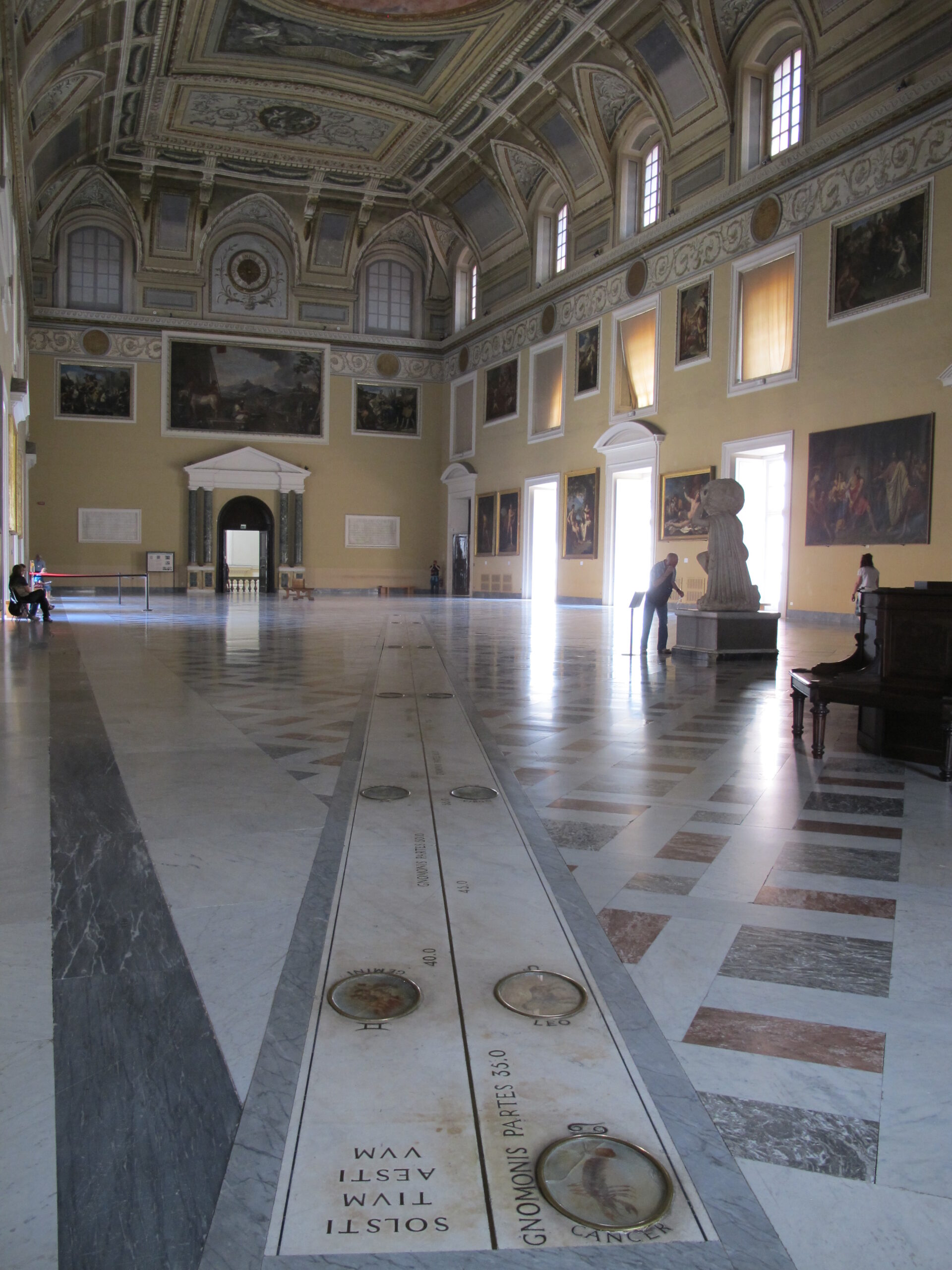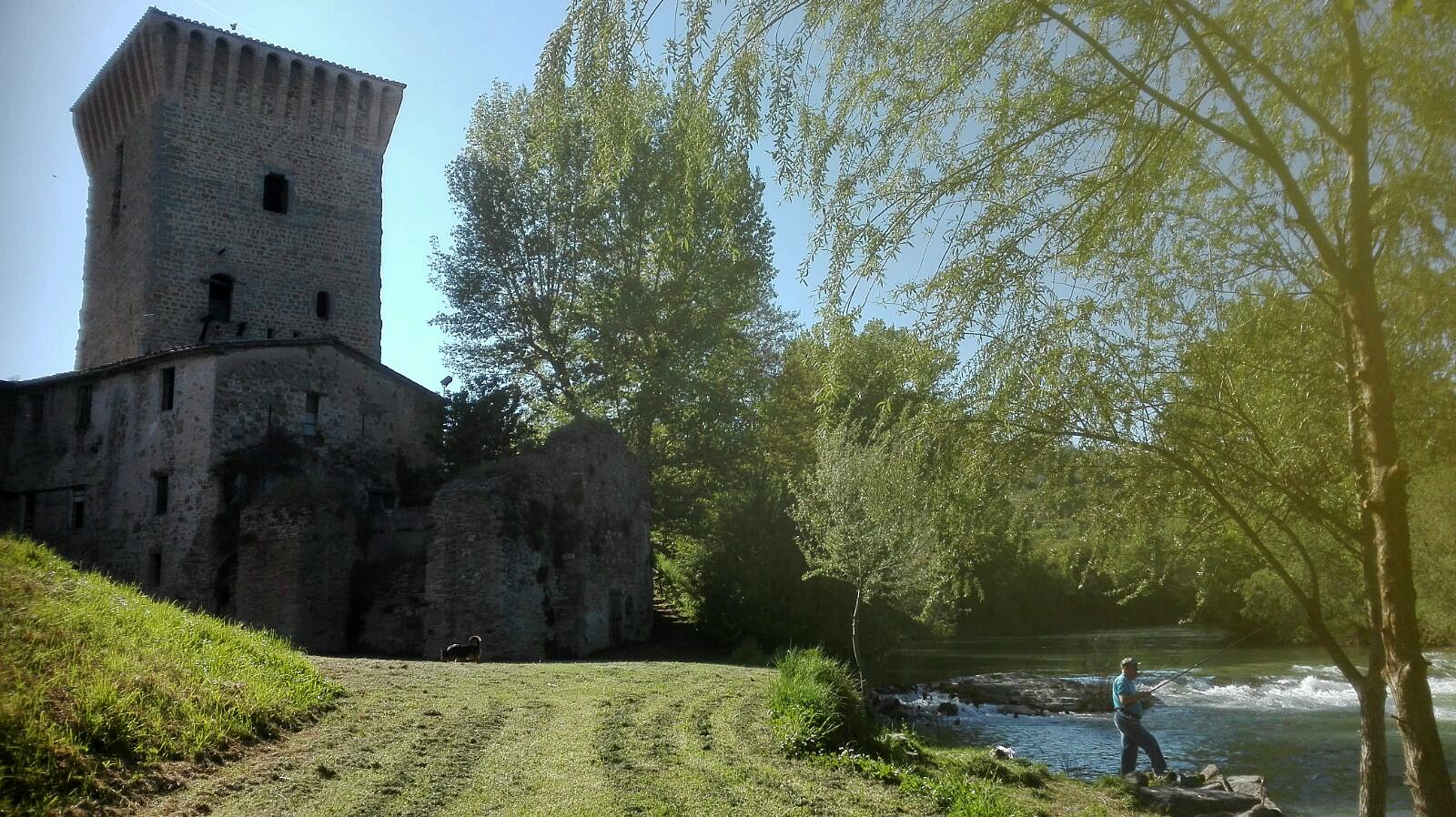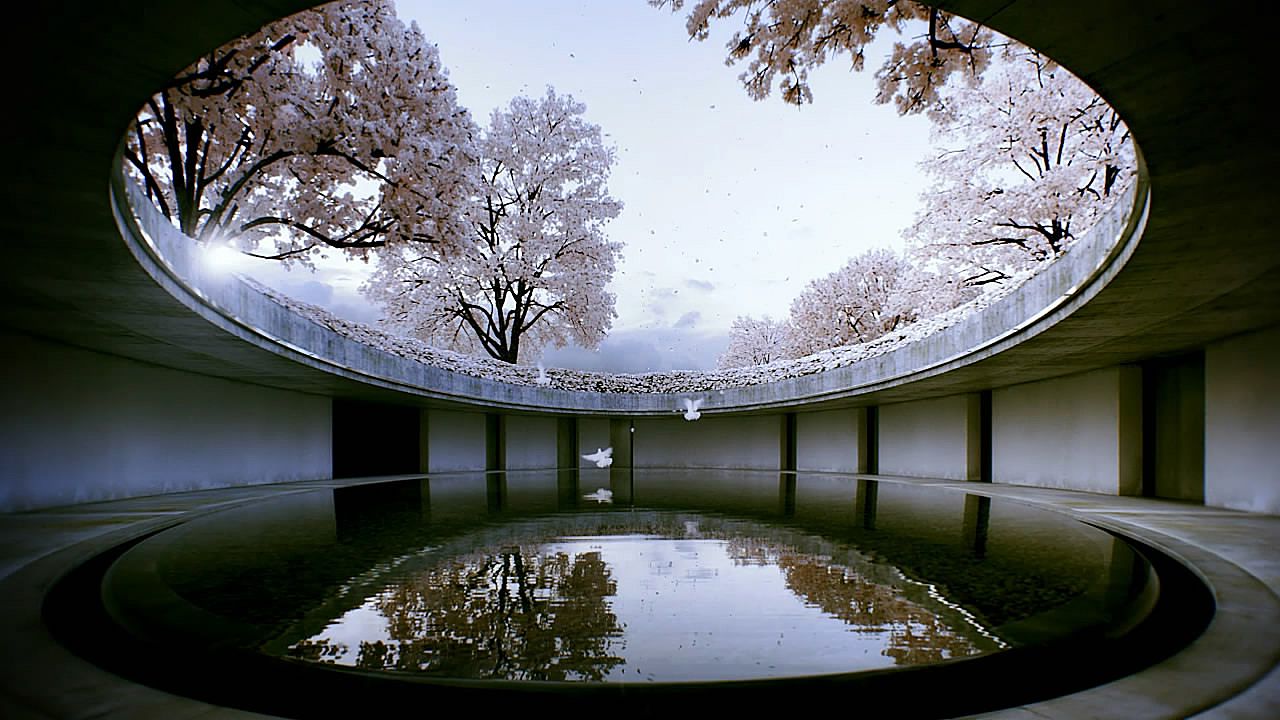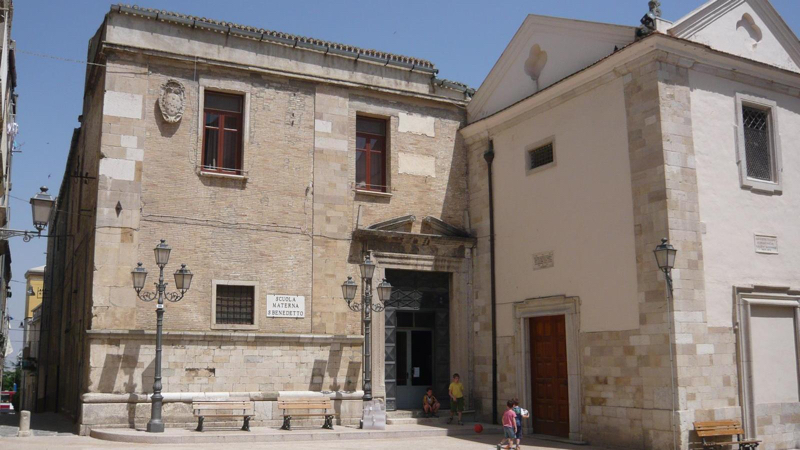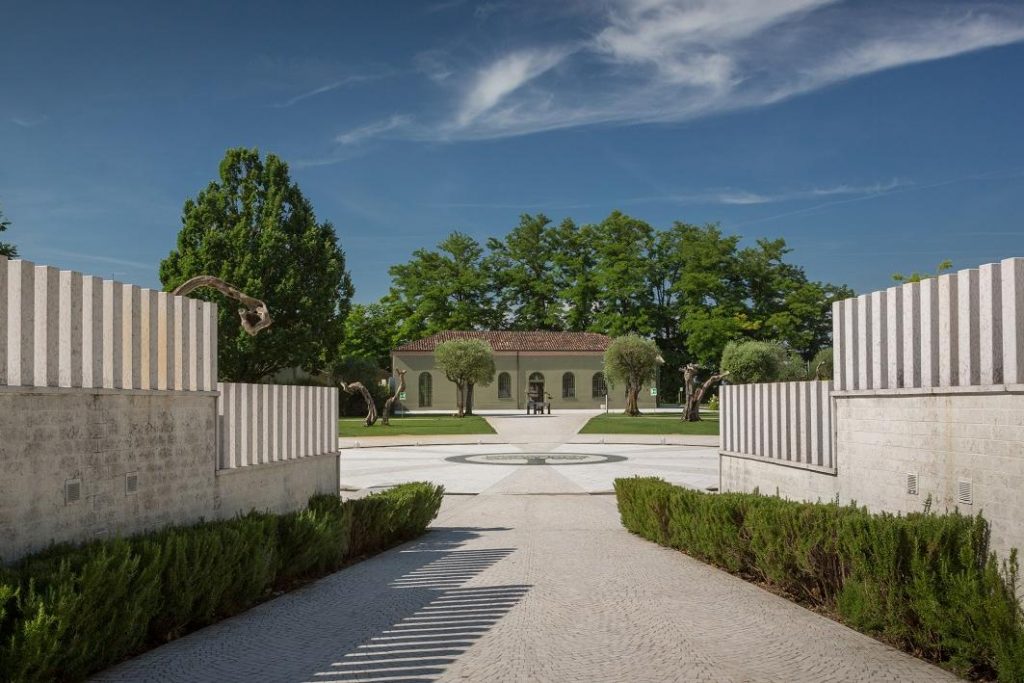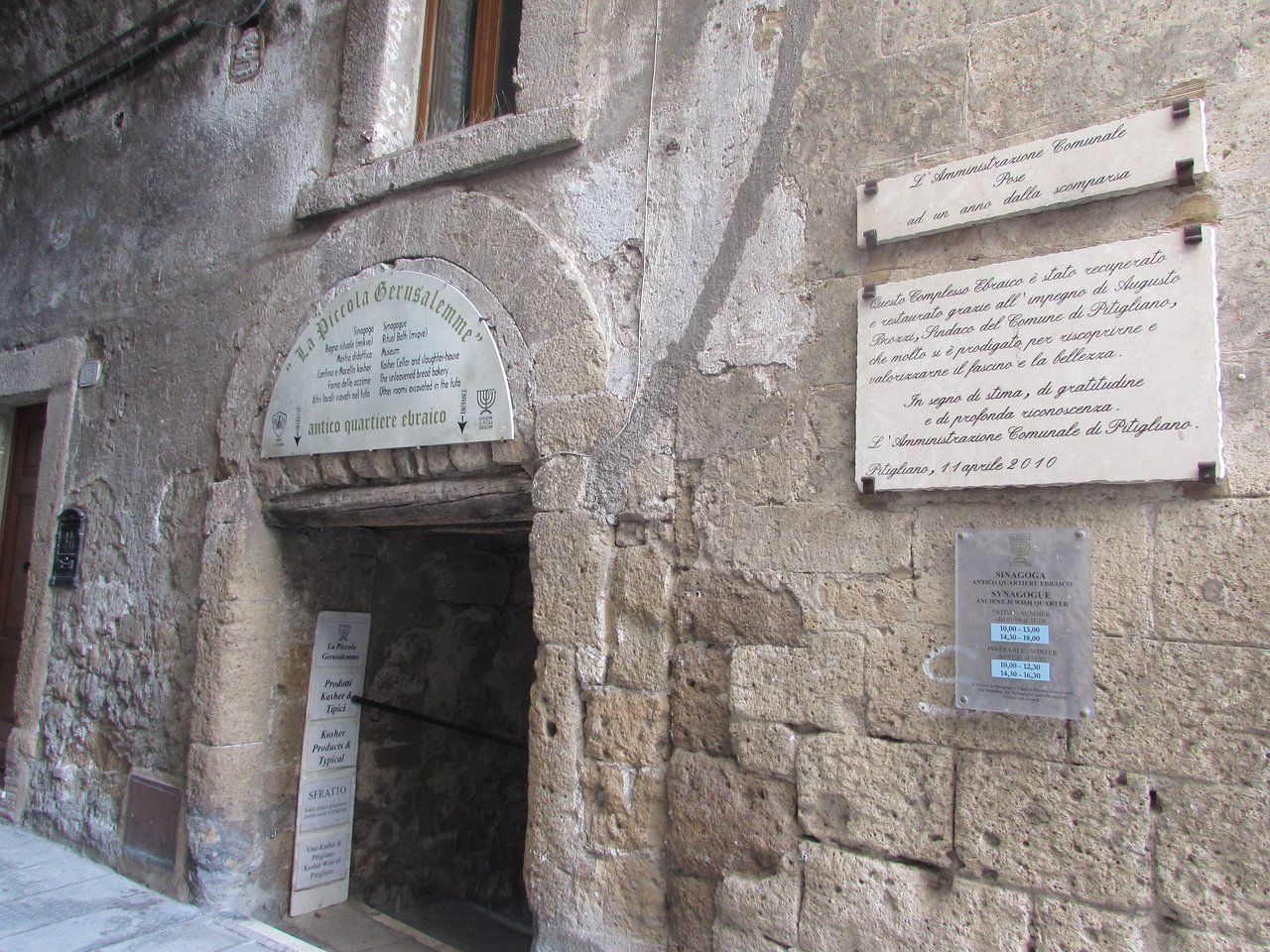The Sundial Hall of the National Archaeological Museum is one of the most impressive architectural spaces for monumentality and size in the city of Naples and, of its kind, in all of Europe (length m. 54, width and height m.20).
Destined to host the "Public Bookseller’s" when the Palace was the seat of the Neapolitan University, the room remained unfinished and unused throughout the seventeenth century.
In the following century, after the building was transformed into the Real Museo Borbonico (1777), it housed the Farnesiana library, brought to Naples a few decades earlier by King Charles of Bourbon. The official opening of the library dates back to 1783, as can be read on the dedicatory plaque at the entrance, but the arrangement of the books took longer.
Further transformations were determined, between 1790 and 1793, by the project, never completed, to install in the north-west wing of the building an astronomical observatory on the proposal of the astronomer Giuseppe Casella.
The idea was soon abandoned due to both financial and political difficulties and perhaps also to the limited horizon that would not allow to observe completely the zodiac belt. All that remains of the initial project is the sundial on the floor of the Hall, in the southwest corner. Designed by Pompeo Schiantarelli, it is over 27 meters long and consists of a brass strip that runs between the marble panels in which elliptical shapes are set with paintings of the twelve signs of the zodiac.
The sundial is still working: the sunlight penetrates the hole of the gnomon placed at the top of the room to the right of the vault and, at local noon, falls on the sundial line of the floor, running along it according to the seasons.
